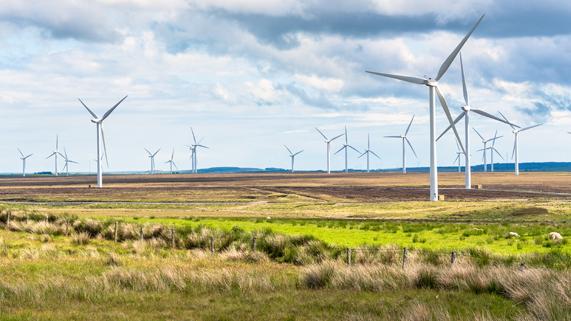
博客
Australia’s hydrogen future
氢 is the most abundant element on earth, has a high energy content and after combustion, has zero carbon emissions. Therefore, it offers the real potential to decarbonise several sectors - including transport.
Wood has worked at the heart of a project to discover how hydrogen generated from onshore island wind power could power ferries serving communities along the west coast and isles of 苏格兰. The Scottish Western Isles Ferry Transport Using 氢 (SWIFTH2) project is headed by the community-led 点 and Sandwick Trust in collaboration with seven industry partners including Wood, and part-funded by the Scottish Government’s Low Carbon Infrastructure Transition Programme.
The study into the project assessed the practical and economic feasibility of deploying hydrogen-powered passenger ferries on nine ferry routes serving the Western Isles. Various aspects including local available renewable energy resource, 规划的约束, challenges associated with the production of hydrogen, and the refuelling requirements of each ferry route were investigated.

The findings for the shortlisted routes outlined that a single 4.3MW wind turbine generator could supply the required hydrogen for the Barra to Eriskay route, while 15 turbines would be required on the Isle of Lewis for the crossing to the mainland. The potential emissions savings from the replacement of the Barra to Eriskay and Stor现在ay to Ullapool routes with hydrogen vessels is estimated to be around 676 and 21,815 tonnes of carbon dioxide equivalent per annum respectively, a combined equivalent of taking nearly 5,道路上停了000辆汽车.
As part of the project, we also played a key role in coordinating the SWIFTH2 consortium, undertaking feasibility assessments and sharing the findings in a comprehensive report which featured in the UK Government Department for Transport 2019 Clean Maritime Plan.
By embracing a step change in thinking around hydrogen technology, there are clear tangible benefits for both urban and remote communities in providing a modern transport network, decarbonising existing infrastructure and protecting the environment.
The next phase of the project will explore the feasibility and design on the two specific ferry routes selected and associated island infrastructure required in detail.
